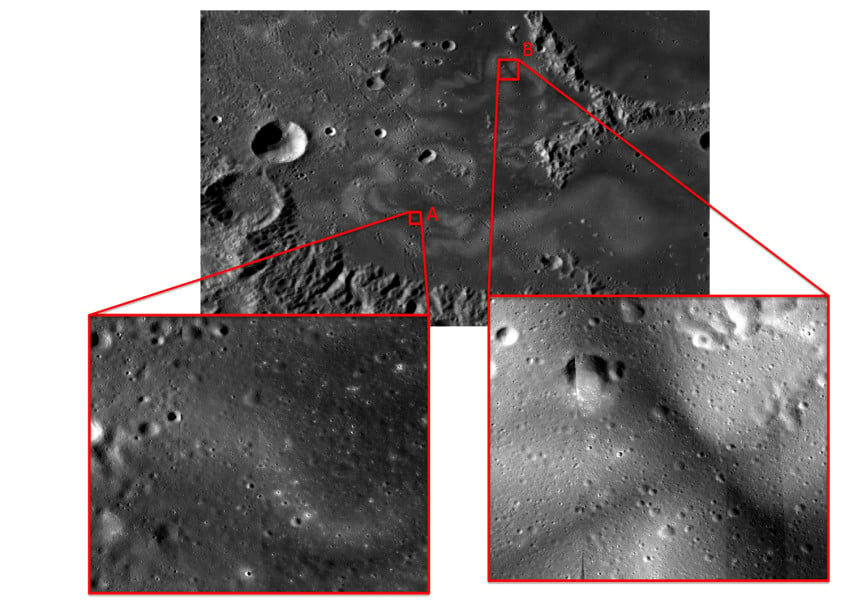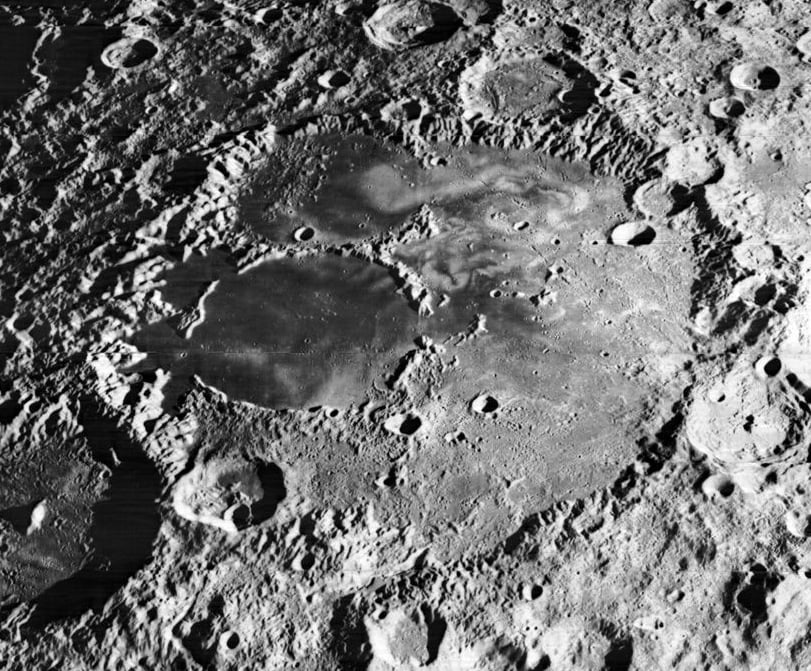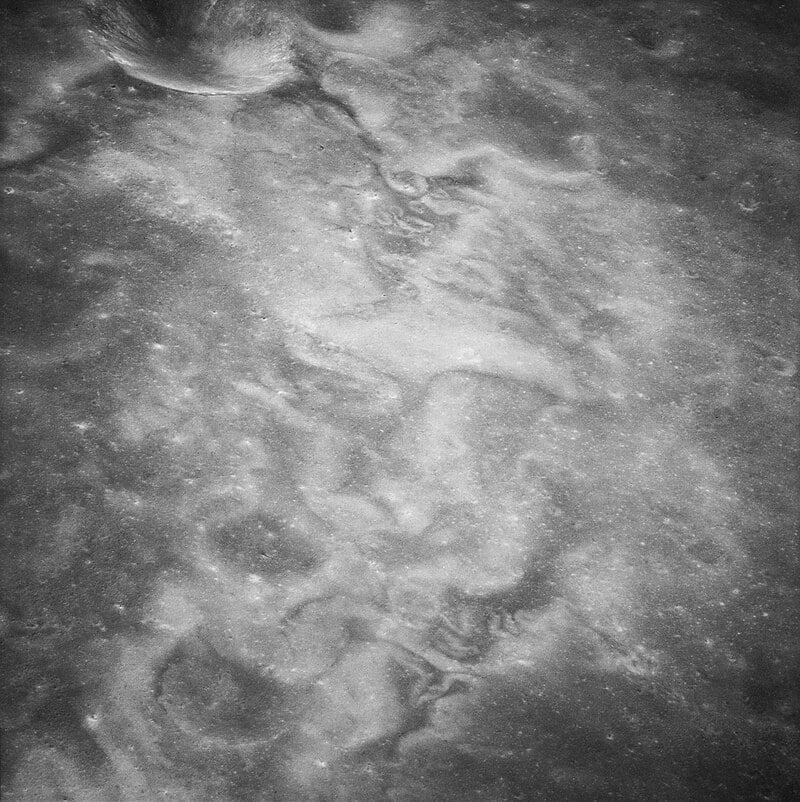The last place to look for windstorms is on the Moon. Yet, it has swirls on its surface that look like the wind put them there. Since there's no atmosphere on the Moon, planetary scientists had to look for another cause. It turns out there's a connection to local magnetic anomalies and an interplay with lunar topography.
Swirls are albedo patterns on the Moon's surface and they've kept planetary scientists debating their cause for years. They're visible from Earth, although it wasn't until 1966 that the NASA Lunar Orbiter II managed to get a clear image of one. One of the largest, Reiner Gamma, is visible through an amateur telescope.
A new study by scientists at the Planetary Science Institute, led by planetary scientist Deborah Domingue, examined the texture of the surface where these swirls appear. They looked at a spot in Mare Ingenii using photometric analysis to determine the cause. That technique takes into account how material scatters light and how those scattering properties change as the illumination (angle of the sunlight to the surface) and viewing (position of your spacecraft) geometries change.
Changing Ideas about Lunar Swirls
Over the years, lunar observers have come up with several explanations for these weird markings. Cometary impacts might send swirls of dust across the surface. Such collisions might also explain the magnetic anomalies associated with the swirls.
It's also highly likely that the solar wind plays a role. It's a frequent occurrence and could explain why some swirls seem to change more quickly over time. In this case, a magnetic anomaly protects light-colored regolith (lunar surface materials), which could be exposed silicates. This explains the swirling pattern, as shielded material would be brighter than materials outside the magnetic field. However, the spectral properties don't always match those of shielded materials.
It could be that magnetic fields segregate and trap electrostatically levitated dust. It's the smallest size of all lunar dust and made of minerals brighter than the larger sizes of dust grains. Those bigger ones are more difficult to move electrostatically. The darker dust includes small inclusions of nanometer-scale iron. It's more likely to get magnetically separated and deposited in the dark areas of the swirls. Ironically, one way to produce this nanometer-scale iron is by solar wind radiation.
Related to that is an idea that says weak electric fields created by interactions with the magnetic anomalies and solar wind plasma could attract or repel fine dust particles. Another theory, proposed by scientists in 2022 says that topography may also play a role in the placement of the swirls.
Using Photometric Analysis
What the team found with their photometric analysis study is that the grain-to-grain roughness was similar across the swirl region. However, the soil in the dark lanes has grains with a more complicated structure. In addition, they found that the composition between the bright and dark areas is different, following the expectations from dust collection and segregation.
Domingue thinks they may have a better feel for the origins of these strange swirls now. "The evidence, which includes recent correlation of topographic lows with the bright areas of the swirls, tells a story that more than one process is involved in their formation", she said. "We definitely see evidence that the bright areas are less radiated, but this doesn't explain all the properties of the swirls. Something else is operating, and the textures suggest dust collection and segregation are part of the tale."
 Universe Today
Universe Today



